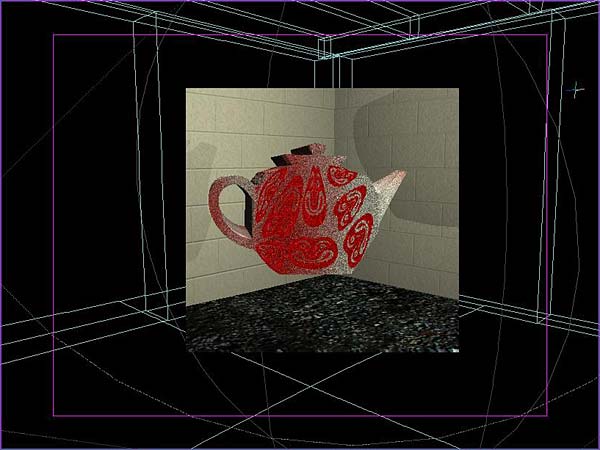
Clay and 'computer-generated imagery' have at least a couple of things in common: they are both intrinsically formless, and they can be made to assume virtually any form.
But with clay you obtain a solid, enduring inanimate object, that has a physical presence.
CGI produces no such object, and can only be viewed electronically (except through static, two-dimensional prints). Although CGI 'objects' can't be touched or handled, they can be represented in 3D space, and there are advantages, things you can't do with clay: they can be made to change color, texture, shape and dimension, and even disappear. Whether they can be made to endure remains to be seen.
Once created, CGI objects can be easily replicated, and the multiples (not so easily) choreographed in animation. This reveals a cinematic dimension, of how to stage the presentation: you have total control (within the virtual 3D space) over POV (Point Of View), lighting, and environment.
David Smith
(updated 09/09/07)
Big and Little Bowls (QuickTime, 2.2 MB)
Daily Rushes
But with clay you obtain a solid, enduring inanimate object, that has a physical presence.
CGI produces no such object, and can only be viewed electronically (except through static, two-dimensional prints). Although CGI 'objects' can't be touched or handled, they can be represented in 3D space, and there are advantages, things you can't do with clay: they can be made to change color, texture, shape and dimension, and even disappear. Whether they can be made to endure remains to be seen.
Once created, CGI objects can be easily replicated, and the multiples (not so easily) choreographed in animation. This reveals a cinematic dimension, of how to stage the presentation: you have total control (within the virtual 3D space) over POV (Point Of View), lighting, and environment.
David Smith
(updated 09/09/07)
Big and Little Bowls (QuickTime, 2.2 MB)
Daily Rushes
